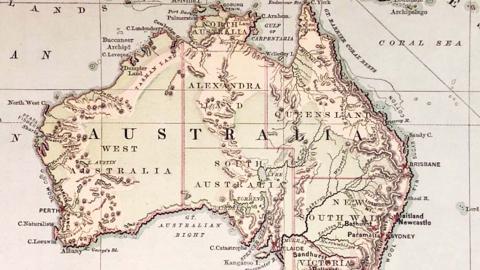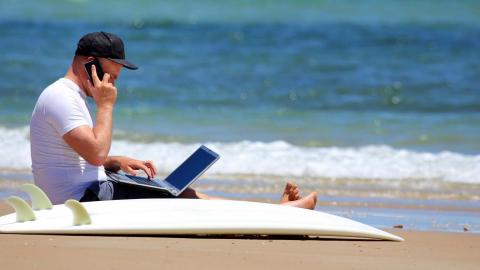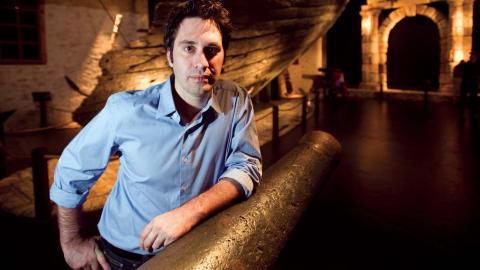
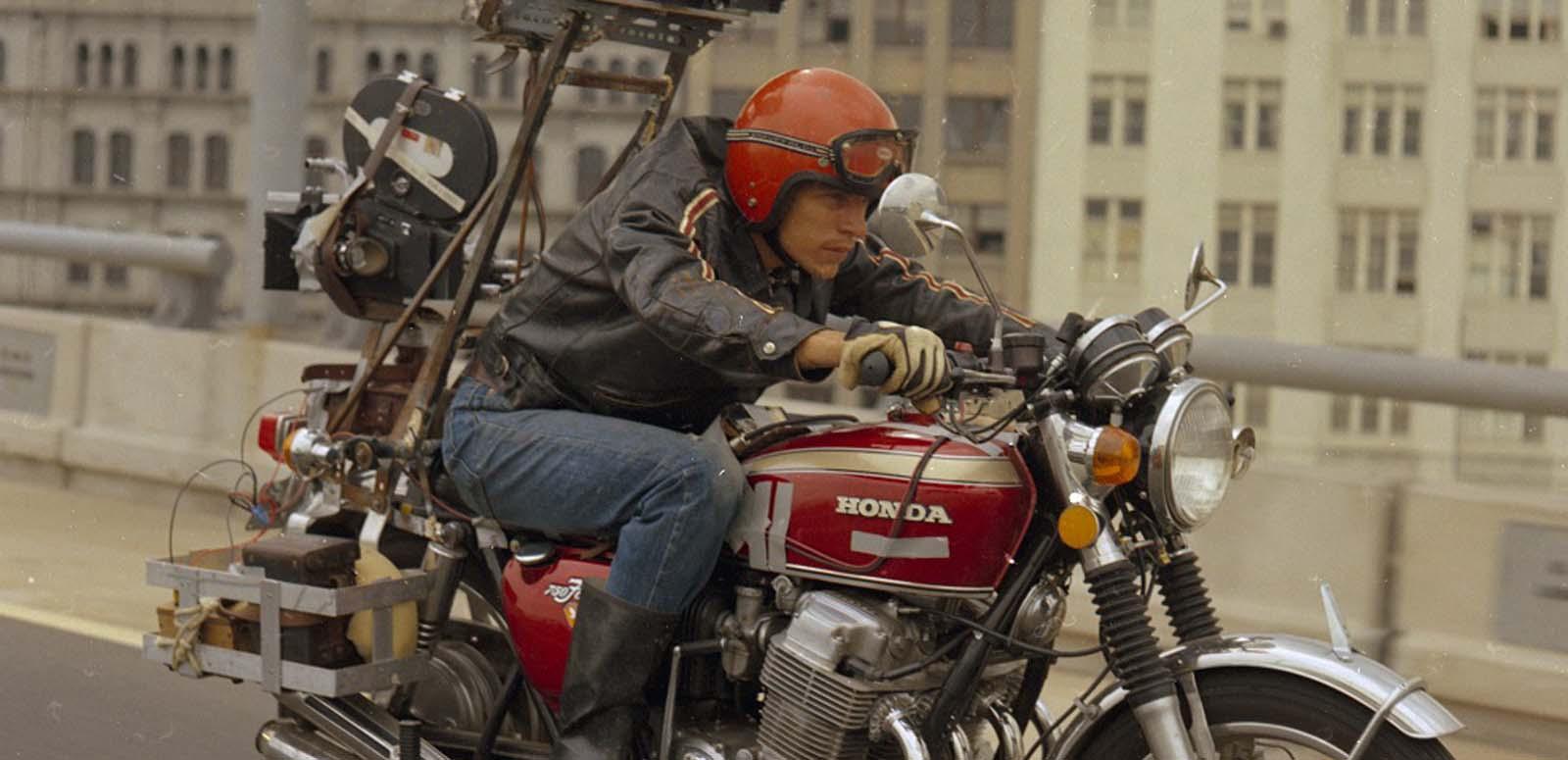
DIY Doco
DIY Doco: Documentary filmmaking learning resources
The PDF resources below were first published on the DIY Doco Digital Learning website, an online educational initiative for students to explore the styles and processes of documentary filmmaking.
DIY Doco was published in 2008.
Elements of Documentary Storytelling
Cinematic elements include: camerawork, lighting, soundtrack, music and sound effects, interview, narration and editing techniques.
An understanding and mastery of these elements gives the filmmaker a powerful set of tools to help them realise their vision.
Camera
Soundtrack
Interview
Editing
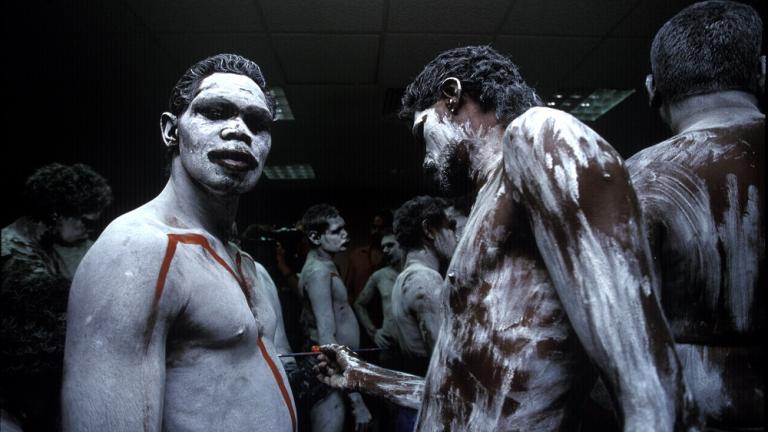
Dhakiyarr vs the King (2003). Film Australia Collection © NFSA, NFSA title: 595007. Yolngu men painting up for the Supreme Court ceremony in Darwin in memory of Yolngu warrior Dhakiyarr Wirrpanda.
Click on image to open
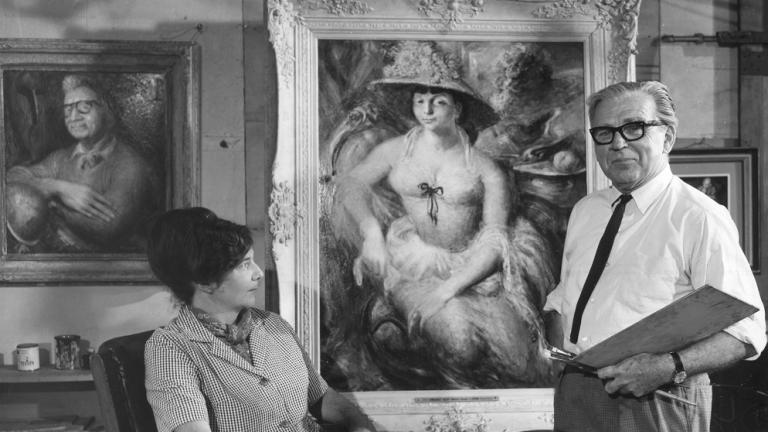
Painting People (1965). Film Australia Collection © NFSA, NFSA title: 24616. Artists Margaret Olley and William Dobell in the studio during a portrait painting session.
Click on image to open
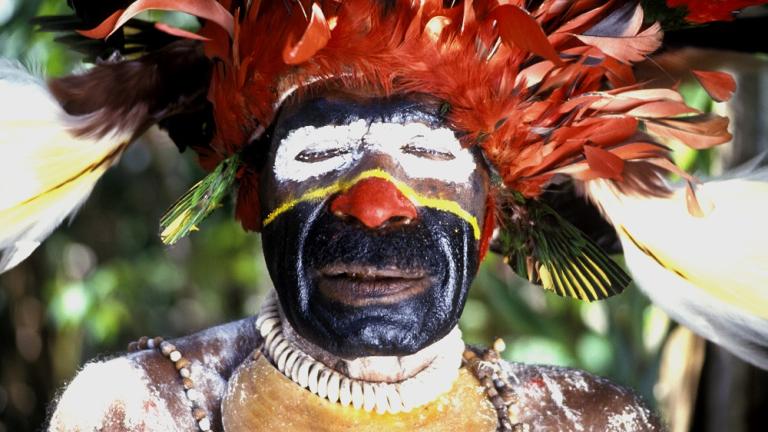
Colonists For a Day (1993). Film Australia Collection © NFSA, NFSA title: 248211. Papua New Guinean man wearing elaborate headdress. Photographer: Chris Owens.
Click on image to open
From Story to Screen
First the filmmaker pitches the idea. The producer puts together a team to make the film - this is called the production phase. Post-production is when editing and sound mixing occurs. Then the film is prepared for distribution to audiences.
Development
Production
Post Production
Reaching Audiences
Main image: An Introduction to Motor Cycling (1976). Film Australia Collection © NFSA, NFSA title: 16495. The film crew mounted handmade dual-angle cameras to simultaneously film the rider’s point of view and the bike’s rear view.
The National Film and Sound Archive of Australia acknowledges Australia’s Aboriginal and Torres Strait Islander peoples as the Traditional Custodians of the land on which we work and live and gives respect to their Elders both past and present.
